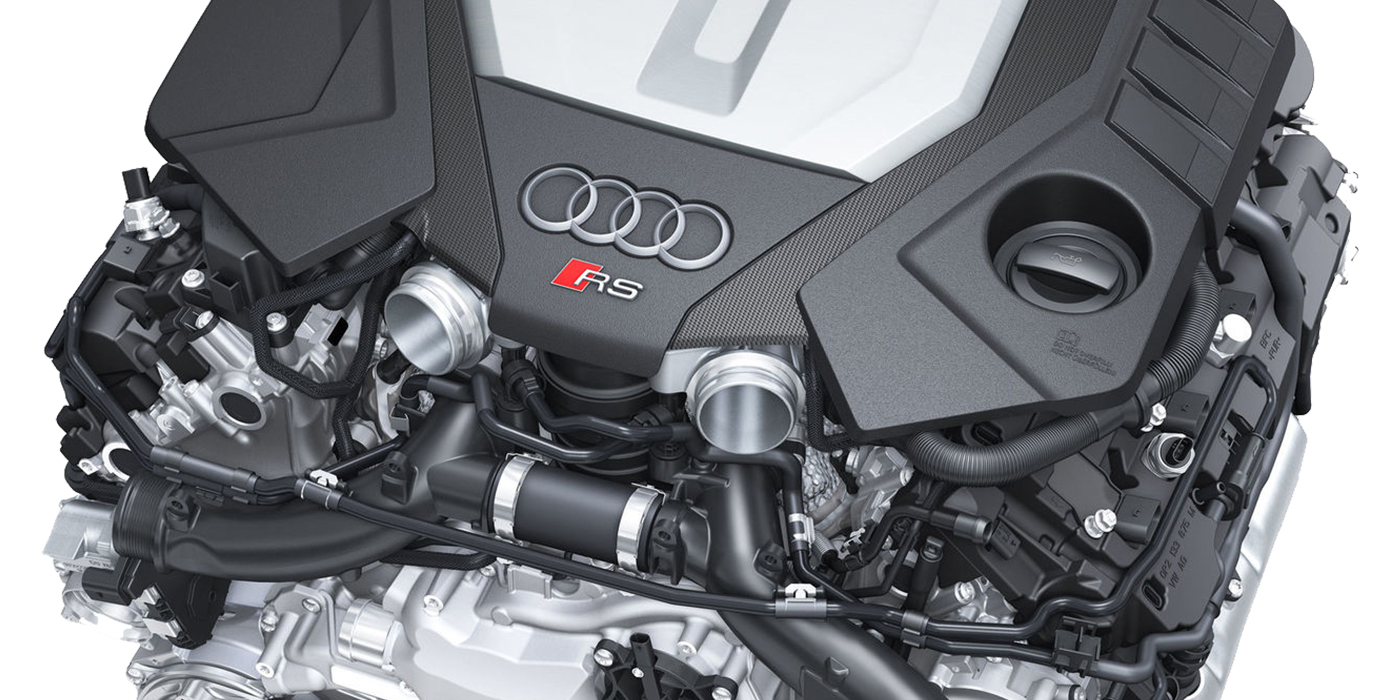Customer Concern: A customer’s 2003 Honda CR-V EX 2.4L has the check engine light on with trouble code P1457. This is a trouble code for a leak in the evaporative (EVAP) system, the charcoal canister side of the system.
Potential Causes: Restricted purge line, evaporative canister vent shut valve, bypass solenoid/two-way valve, purge solenoid and/or a leaking canister or evaporative hose.
Tech Tip: On this vehicle, the bypass solenoid and two-way valve are one part.
Tests/Procedures
1. Locate the Canister Vent Shut (CVS) valve on the side of the charcoal canister and the bypass solenoid under the cover next to the canister. Both solenoids have a green/yellow wire that supplies voltage to the solenoids. Also verify the hose from the purge solenoid is not restricted from the solenoid to the canister. If the CR-V has been driven in the mud, it can get in the line and restrict the vacuum supply to the canister.
2. Check to verify that there is voltage to the solenoids, key on. If there is voltage to both solenoids, the second wire is the wire that the engine control module will ground to control the solenoid. On the CVS valve, backprobe the white/red wire, ground it and verify that the valve will close and hold vacuum. Also verify that it will open when the ground is taken away.
3. Test the bypass solenoid, ground the gray/red wire and verify that the bypass solenoid will click and operate. If either solenoid fails, replace the solenoid and see if the code resets. If the solenoids pass and operate correctly, an EVAP simulation test will need to be performed.
4. To perform an EVAP simulation test, ground the CVS valve and the bypass solenoid at the same time. Put a voltmeter on the fuel tank pressure (FTP) sensor green wire and then start the vehicle, tap ground on the purge solenoid and draw vacuum on the system. Wait until the pressure sensor reads 1 to 1.5 volts and stop. If the voltage does not go up, there are no leaks. If the voltage increases, look for a leak in the system. When performing this test, clamp the hose from the two-way valve to the fuel tank. Normal FTP sensor voltage is 2.5 volts with no vacuum or pressure in the system.
Courtesy of IDENTIFIX.
For additional information, visit www.identifix.com.













